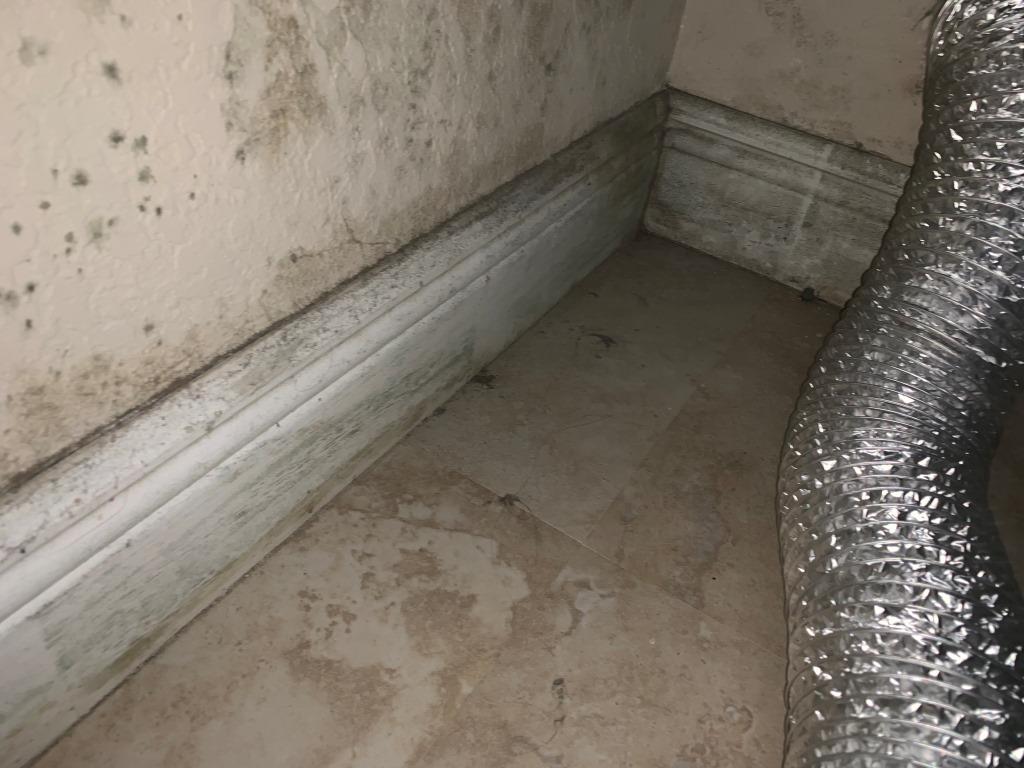
Mold Testing

Mold Testing

Mold Testing

Mold Testing

Mold can be a troublesome topic, one of the reasons being the negative health effects that mold can cause. In order for mold to grow a few factors need to be present; mold spores, moisture or water, spores are literally everywhere in the air. It’s important to know that mold doesn’t die when temperatures drop below 32 degrees, it becomes dormant until the temperatures increases. Mold grows best in air over 70 % relative humidity (RH) according to energy efficiency 9th edition. However, we have seen situations where mold has started to grow at 57 % or closer to sixty.
Common symptoms and side effects after exposure to mold often include, fatigue and weakness, headache, light sensitivity, poor memory, difficulty pronouncing words, difficulty concentrating, morning stiffness, joint pain, unusual skin irritations, tingling and numbness, shortness of breath, sinus congestion and/or chronic cough.
It’s recommended that mold inspections be performed prior to purchasing, renting, or selling to prevent health risks, and high remediation costs in order to procced confidently to the next stage.